Mole Magic: A Flavorful Journey Through Spanish Food Mole
When it comes to the world of spices, few ingredients can match the complexity and depth of Spanish food mole. This rich, aromatic sauce is a staple in many Spanish dishes and has captivated taste buds for centuries. Whether you're a seasoned chef or a curious foodie, understanding the history, preparation, and cultural significance of mole is essential. In this article, we'll explore everything from its origins to how to use it in your own kitchen.
Table of Contents
- What Is Spanish Food Mole?
- The History of Mole
- Types of Mole
- How to Use Mole
- Cooking Tips for Mole
- Buying Guide for Mole
- Conclusion
What Is Spanish Food Mole?
Spanish food mole is more than just a sauce—it's a culinary masterpiece. Traditionally made with a blend of chiles, chocolate, nuts, seeds, and a variety of spices, mole is known for its deep, layered flavor profile. The word 'mole' itself means 'mixed' in Nahuatl, which reflects the complex combination of ingredients used in its preparation.
While mole is often associated with Mexican cuisine, its roots can be traced back to Spain, where similar sauces were developed using local ingredients. Over time, these techniques merged with indigenous cooking methods, resulting in the rich and diverse mole varieties found today.
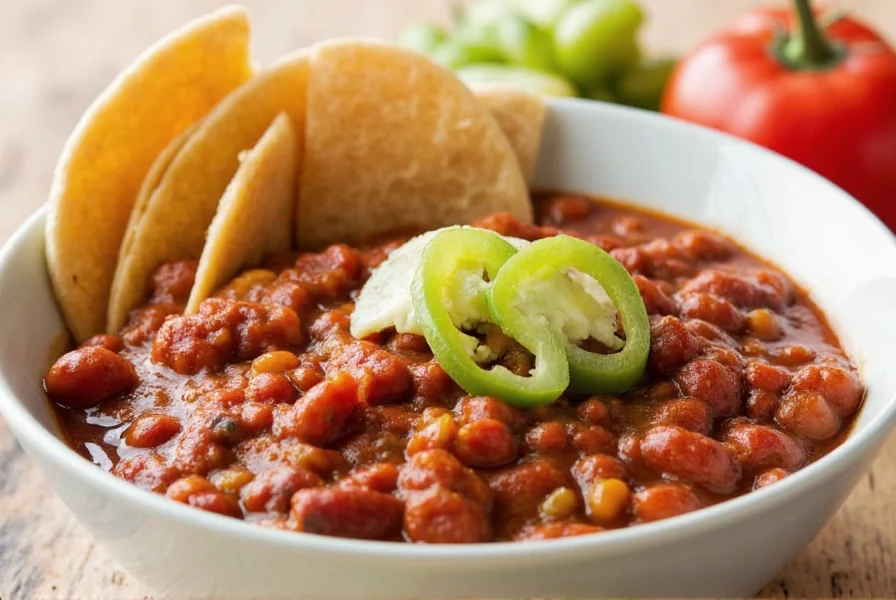
The History of Mole
The history of mole is as rich and layered as the sauce itself. Some believe that mole originated in the Aztec Empire, where it was used during ceremonial occasions. However, it was after the Spanish colonization that mole began to take on its modern form, incorporating European ingredients like cinnamon, cloves, and almonds.
One of the most famous types of mole is mole poblano, which is traditionally served with chicken and is a staple at festive gatherings in Mexico. Though not exclusively Spanish, mole's evolution reflects the blending of cultures and flavors that defined the colonial era.
Types of Mole
There are numerous types of mole, each with its own unique flavor and preparation method. Here’s a quick overview:
- Mole Poblano: The most well-known type, made with chili peppers, chocolate, and a mix of spices.
- Mole Verde: A green mole made with tomatillos, herbs, and avocado.
- Mole Rojo: A red sauce made with tomatoes and chili peppers.
- Mole Negro: A dark, smoky mole made with dried chiles and chocolate.
Each type of mole brings something different to the table, whether it's the richness of chocolate, the heat of chiles, or the freshness of herbs.
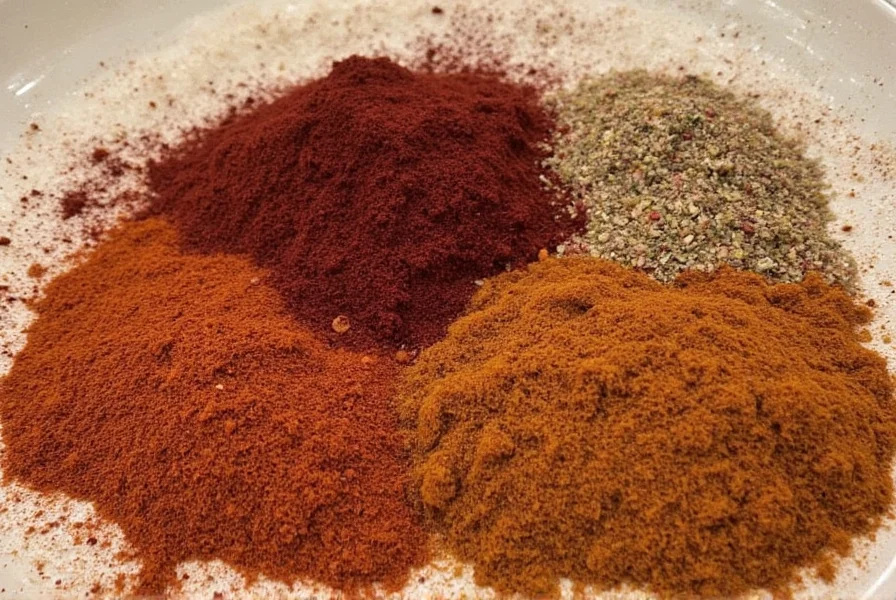
How to Use Mole
Mole is incredibly versatile and can be used in a wide range of dishes. Here are some popular ways to incorporate it into your cooking:
- With Chicken: Mole poblano is a classic pairing with roasted or grilled chicken.
- With Tamales: Mole makes an excellent filling or topping for tamales.
- In Soups and Stews: Mole adds depth and complexity to soups and stews.
- As a Dipping Sauce: Try it with tortilla chips or fresh vegetables.
If you're new to mole, start by adding a small amount to your favorite recipes and adjust to taste. The key is to let the flavors shine through without overpowering the dish.
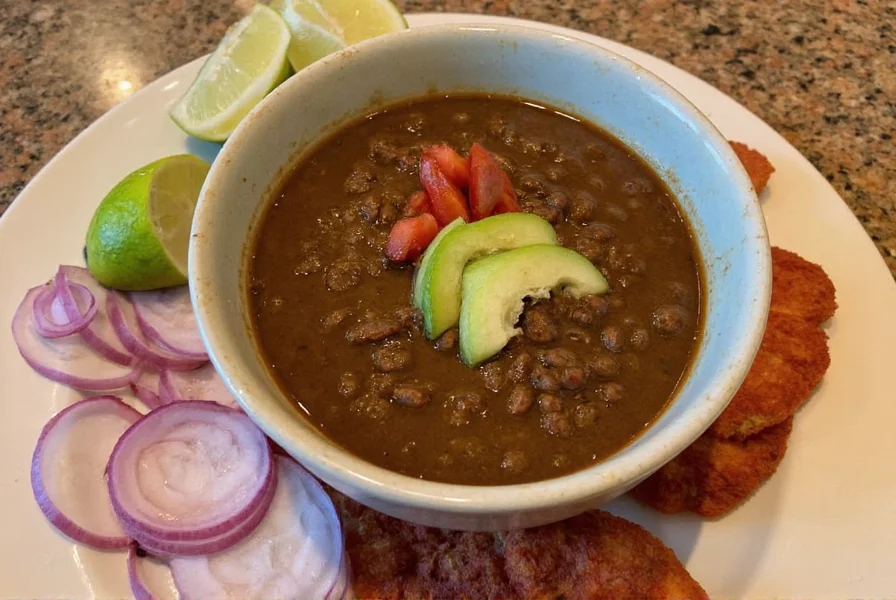
Cooking Tips for Mole
Creating a perfect mole takes time, patience, and attention to detail. Here are some tips to help you master the art of mole:
- Use Fresh Ingredients: Fresh chiles, herbs, and spices will make a huge difference in the final flavor.
- Toast the Chiles: Toasting chiles before soaking them helps release their oils and enhances the flavor.
- Blend Carefully: Use a blender or food processor to achieve a smooth consistency, but be careful not to over-blend.
- Simmer Slowly: Letting the mole simmer allows the flavors to develop and deepen over time.
Remember, mole is a labor of love. Don’t rush the process—let the sauce rest and evolve in the pot.
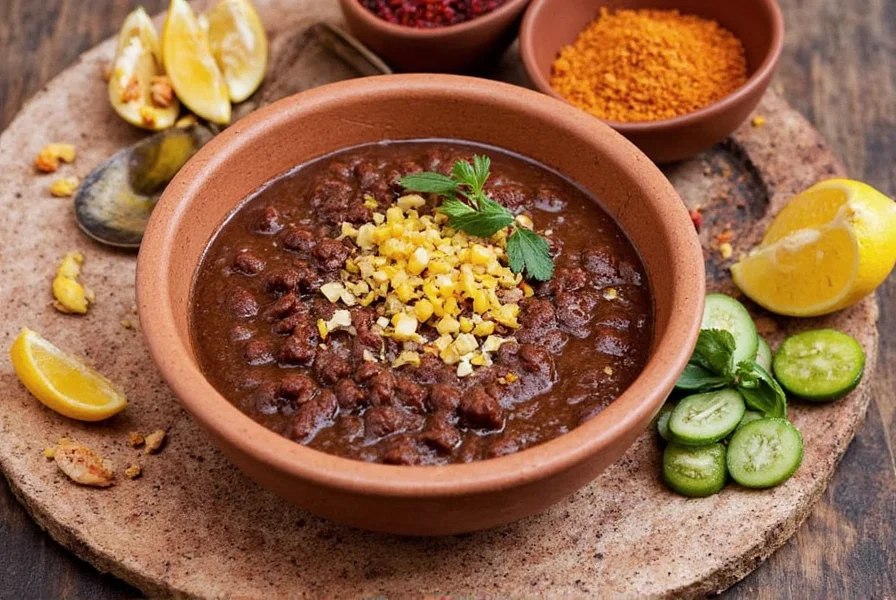
Buying Guide for Mole
If you don't have the time or resources to make mole from scratch, there are plenty of store-bought options available. Here are some recommendations based on your needs:
1. La Voz de la Tierra Mole Poblano
- Features: Made with traditional ingredients like chili peppers, chocolate, and spices.
- Advantages: Offers a rich, authentic flavor without the hassle of making it yourself.
- Use Cases: Perfect for making chicken mole or enhancing soups and stews.
- Target Audience: Home cooks who want convenience without sacrificing quality.
- Suitable Occasions: Weeknight dinners, family gatherings, or holiday meals.
2. El Yucateco Mole Verde
- Features: A vibrant green mole made with tomatillos, herbs, and avocado.
- Advantages: Adds a fresh, zesty flavor to any dish.
- Use Cases: Ideal for tacos, enchiladas, or as a dip.
- Target Audience: Those who enjoy lighter, herb-forward sauces.
- Suitable Occasions: Casual meals, summer barbecues, or lunchtime snacks.
3. Las Palmas Mole Rojo
- Features: A bold, red mole made with tomatoes and chili peppers.
- Advantages: Offers a strong, spicy flavor that stands out in any dish.
- Use Cases: Great for adding heat to soups, stews, or rice dishes.
- Target Audience: Spicy food lovers or those looking to add more heat to their meals.
- Suitable Occasions: Dinner parties, game nights, or any meal that needs a kick.
Whether you choose to make your own mole or buy a pre-made version, the key is to find a product that matches your taste and cooking style.
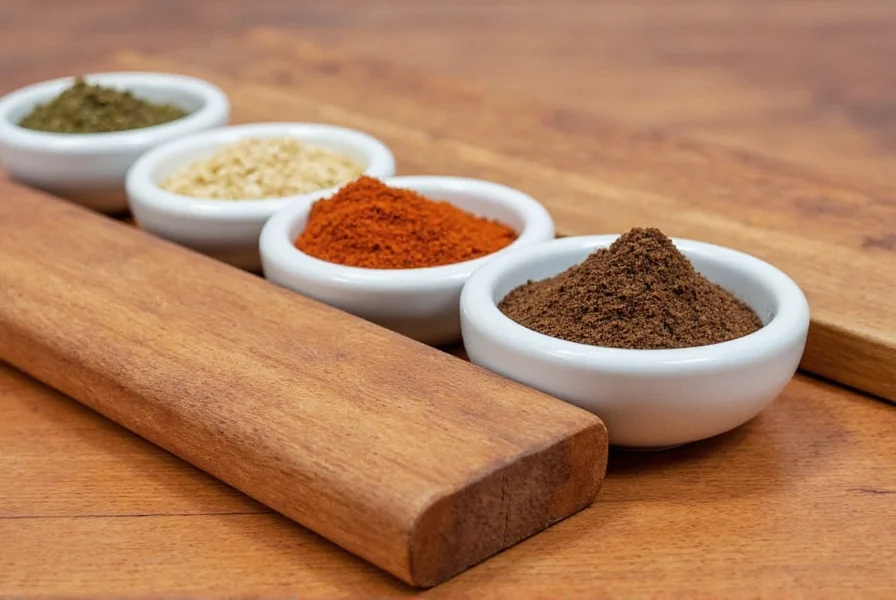
Conclusion
Spanish food mole is a testament to the power of spice and tradition. From its historical roots to its modern-day versatility, mole continues to inspire and delight. Whether you're using it to elevate a simple dish or experimenting with new recipes, mole offers endless possibilities for flavor and creativity.
So next time you're in the kitchen, consider giving mole a try. With a little patience and the right ingredients, you might just discover your new favorite sauce. Remember, mole isn't just a sauce—it's a story, a tradition, and a celebration of culture and flavor.











 浙公网安备
33010002000092号
浙公网安备
33010002000092号 浙B2-20120091-4
浙B2-20120091-4